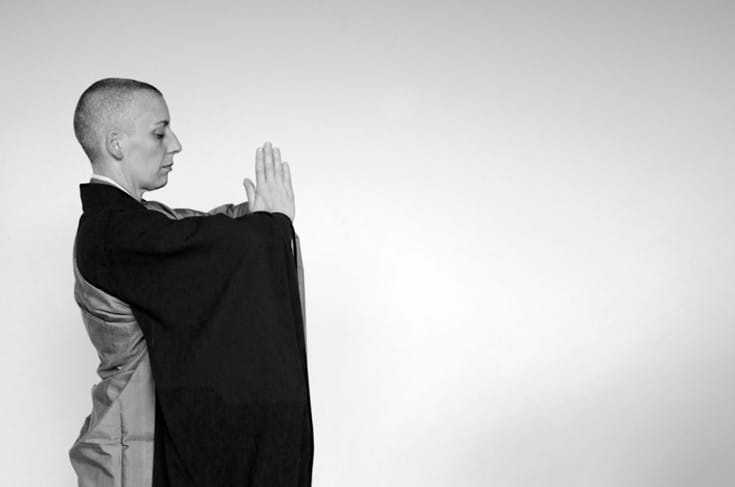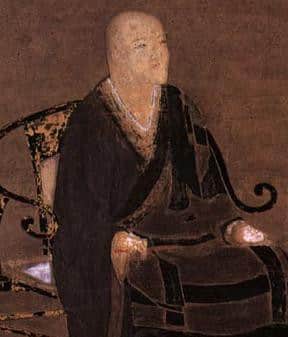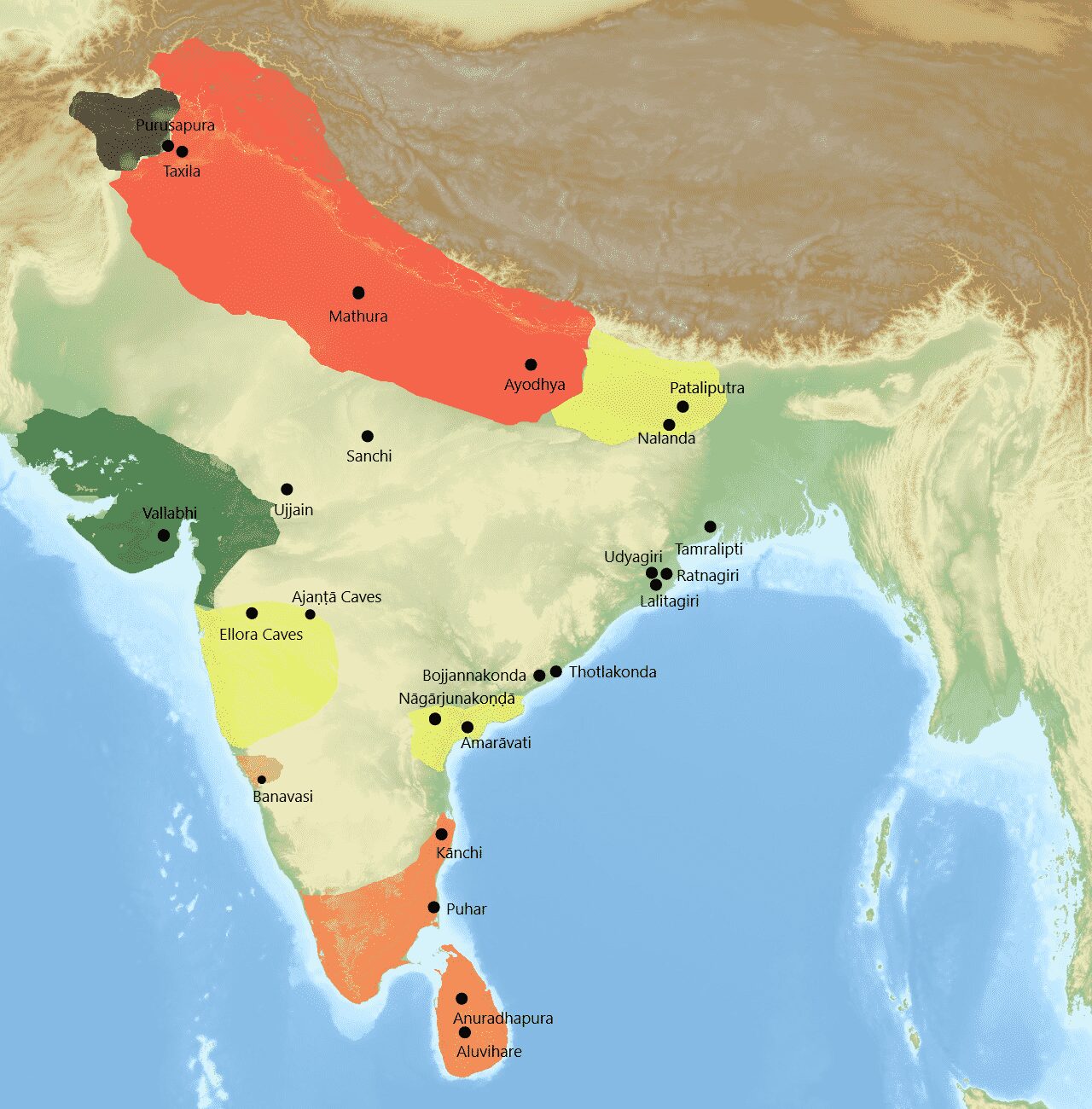Ritual traditions have changed over historical time and differ from sect to sect and from region to region throughout East Asia. Descriptions of Zen ritual are, therefore, either specific to one region or historical era or text, etc., or generalizations that address tendencies over historical time and geographical space.
It is very difficult to point what counts as a ritual and what not. Should any regularly repeated practice performed in a standardized manner be understood as a ritual? If so, then virtually everything done in a Zen monastery is a ritual, including walking, bathing, manual labor etc.
The ritual most frequently associated with Zen practice is zazen, the seated meditation. Although variations in Zen meditation rituals are substantial, most Zen monks engage in this practice at least two times per day, once in the morning and once in the evening. There are, of course, variations present – in length and frequency, time of year, and if it’s about a normal day or a day during a retreat of intensive practice – but no variation undercuts the fact that zazen ritual is at the center of contemporary Zen monastic life as it has been for many centuries.
Sutra chanting constitutes another ritual practiced on a daily basis. The meal is a practice present in a Zen monastery, where different dimensions of the ritual are observed, for example, the synchronized bowing, the setting aside of several grains of rice for the hungry ghosts, the silence practiced throughout all meals and the meaningful procedures for cleaning ritual bowls.
A long list of other rituals are practiced at different occasions. For example, the ordination ceremonies where monks are accepted into the order or the monastery, shiho ceremonies, where one is ordained as a master, funerary rites, etc.
The Zen perspective about rituals is that the goal of Zen ritual is enlightenment – the goal of awakening for the practitioner. The ritual establishes a context of experience in which certain moods dominate and desires, emotions, states of mind and actions come to the fore. Zen masters have often stressed the idea that the state of mind through ritual or any other practice ought to be performed is a state of „no mind” or „no thought”. These forms of Zen meditation ritual are essentially the practice of attention in which abstracted states of mind or purposes are set aside. Therefore, when asked what are they doing or what they hope to accomplish when they are sitting in zazen, Soto masters will often say that they are „just sitting” (shikantaza) and nothing more.
In Zen Buddhism the form is irrelevant. In other words, any form we choose is acceptable as long as it doesn’t become an impediment to practice. Some Zen Buddhists practice with their eyes open and others prefer to close their eyes. Some emphasize breathing while others ignore it. Some people practice zazen while seated in a specific place, while others do so while walking down a street, working out, or in any place they feel like. None of these forms are better or worse than the others.
However, form encompasses more than just how we meditate. It also includes ritual and „things” that go with ritual. Just as with the form of zazen, the accouterments of its ritual (or lack thereof) is neither good nor bad, so long as we successfully discipline our minds and enter samadhi.
Given these points, it is clear that form is irrelevant to zazen and – by extension – to Zen Buddhism more generally. Disciplining the mind does not have anything to do with details of ritual or form, so we can never designate a particular form as a requirement.
That doesn’t mean ritual and form are useless. In fact, they are often extremely positive aspects of practice. They are helpful and should not be categorically rejected. Form and ritual are never a problem unless they become an impediment to zazen practice or if we endow them with intrinsic importance. In other words, if we view a form or ritual as anything other than a tool or a means to an end, then it will become a barrier to effective practice and are detrimental. When we assign intrinsic importance to ritual and form, then they are naturally used to assess the quality of practice rather than focusing on the actual practice itself.
So while form and ritual can be very helpful, we must always keep them in their proper – and non-essential – role. A person who cannot achieve samadhi or quiet their mind without the right ambiance or the proper ritual possesses a questionable level of mental discipline. Such person is unlikely to bring the mind state they achieve in zazen into day-to-day life and, as a result, will reap minimal benefit from their studies. And if we are unable to apply what we learn or the wisdom we gain, then it is it questionable whether we have learned anything or possess wisdom.
Of course, following this line of thinking is hard (perhaps impossible) to those who are just getting started. All practitioners, new or old, must always guard against any ritual or form hardening into dogma or being mistaken for the discipline we are developing. The latter – not a lit candle or a successfully followed ritual – is the true measure of the effectiveness (or lack of effectiveness) in our practice.
The East Asian Buddhist tradition itself has no words for discriminating what Westerners are apt to call „ritual” as oposed to practice. The Japanese term that comes closest in semantic range to „ritual” is gyoji, which can be translated as „observances” but that term encompasses a very broad range of activities that Zen practitioners engage in, some of which we call „ceremonies,” „procedures,” „etiquette,” „training,” „study,” „meditation,” ”work,” or the „ritual sacralization of everyday activities” – such as eating, sleeping and bathing.
photo credit: japanese-tea-ceremony




